The best smart telescopes make viewing the night sky super easy and, if you’ve ever wished for a compact telescope you could fit in your backpack without sacrificing skywatching power, the DWARF 3 might be the one for you. But don’t let its small size fool you — it’s packed with AI-powered tracking, dual cameras and fully automated astrophotography features for an effortless stargazing experience at the push of a button. Ideal as one of the best telescopes for beginners, it’s designed for casual stargazers who want stunning images of the moon, galaxies and more but without all the fiddling of an observational telescope. We’ve put the DWARF 3 through its paces to photograph the moon, nebulae and even a partial solar eclipse — to see if it’s worth spending your money on.
DWARF 3 smart telescope review
DWARFLAB DWARF 3 smart telescope: Design
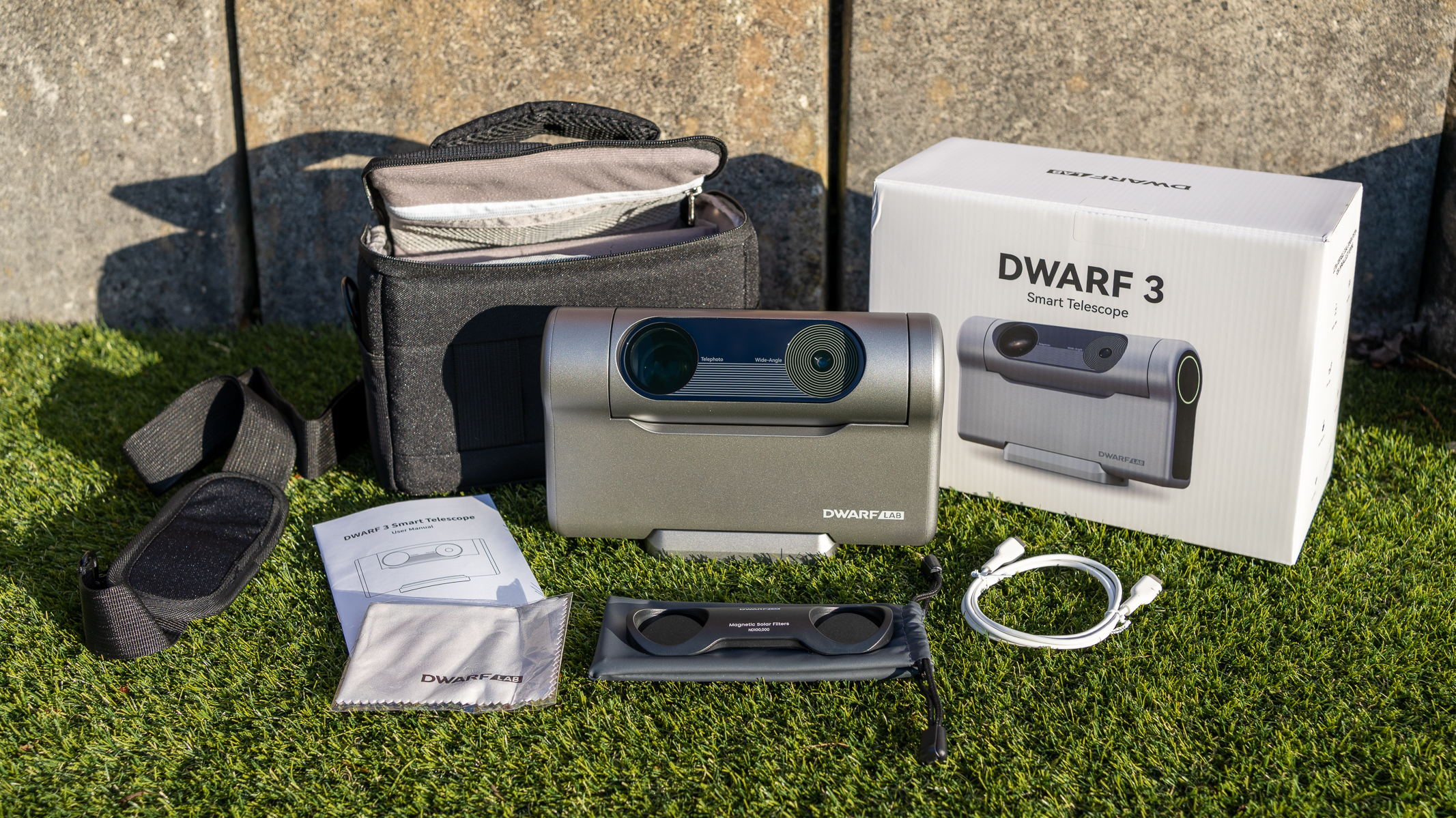
- Compact and portable
- Minimalist design with just one power button
- Comes with a padded carry bag and solar filters
DWARFLAB DWARF 3 Specifications
Aperture Diameter: 35 mm (tele), 3.4 mm (wide)
Focal length: 150 mm (tele), 6.7 mm (wide)
Sensor: Sony IMX 678, Stravis 2
Built-in filters: Tele: VIS/Astro/Dual-band, Wide: Astro (for day and night use)
Battery: Built-in 10000 mAh
Storage: 128GB
Size: 8.75 x 5.6 x 2.56-inches / 222 x 142 x 65 mm
Weight: 2.9 lbs / 1.3 kg
What really impressed us about the DWARFLAB 3 is just how compact and portable it is. We’ve tested plenty of smart telescopes here at Space.com but few are as travel-friendly as this one. It weighs less than 1.5 kg and would easily fit in your backpack (although it does come with its own case), making it easy to carry to a dark sky site. If you’re used to lugging around a heavy tripod and mount, the DWARF 3 feels like a breath of fresh air.
We liked the minimalist, modern design. The matte plastic body feels well put together — sturdy enough to handle a night in the field, yet light enough that you never really notice the weight. The rotating lens section is a nice touch too, offering protection for the optics without needing an extra case or cap.
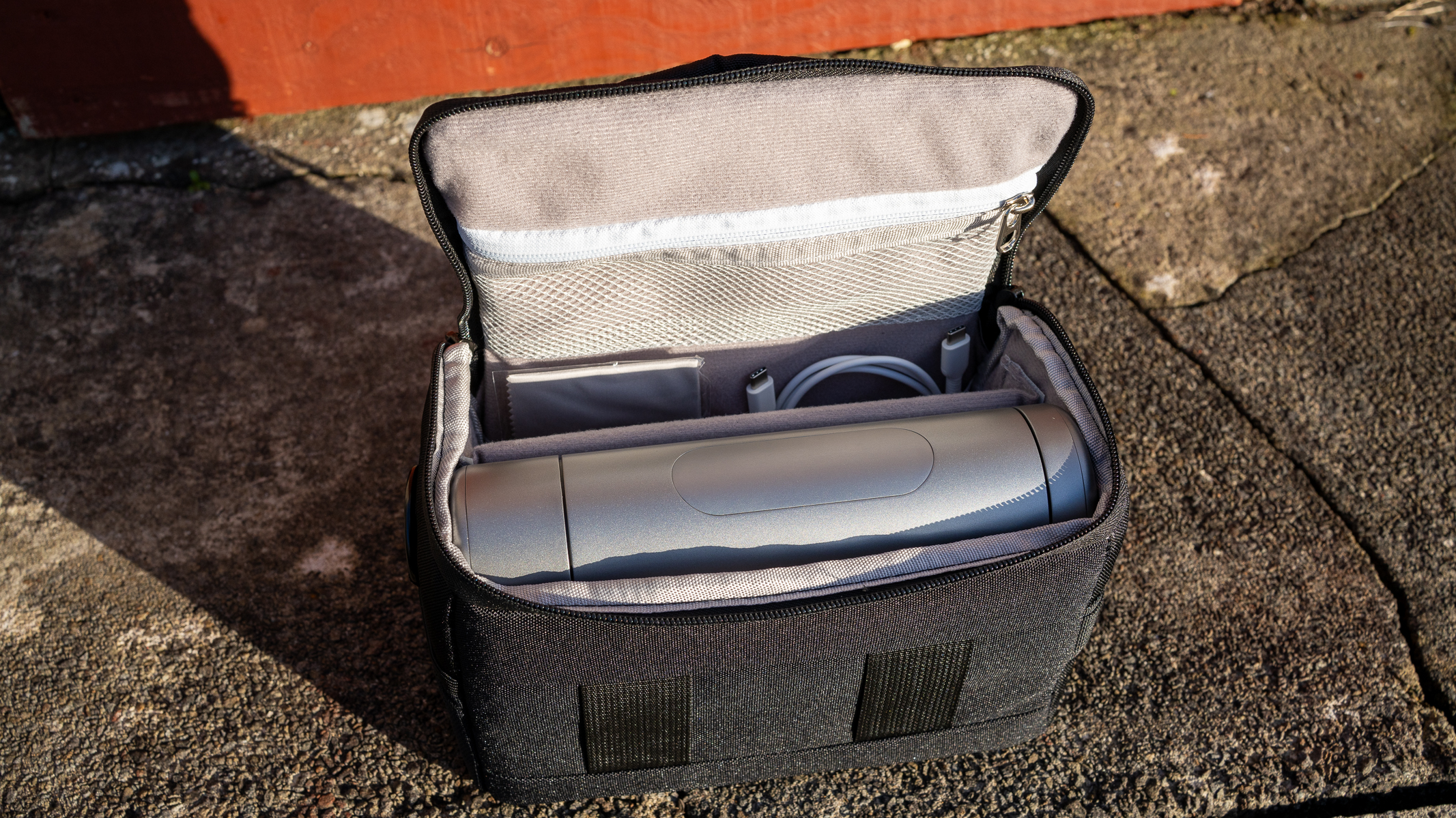
There are barely any cables or buttons to worry about, which helps cut down on setup time and keeps the process user-friendly, especially for beginners. We had the scope up and running in minutes.
DWARF 3 smart telescope: Performance
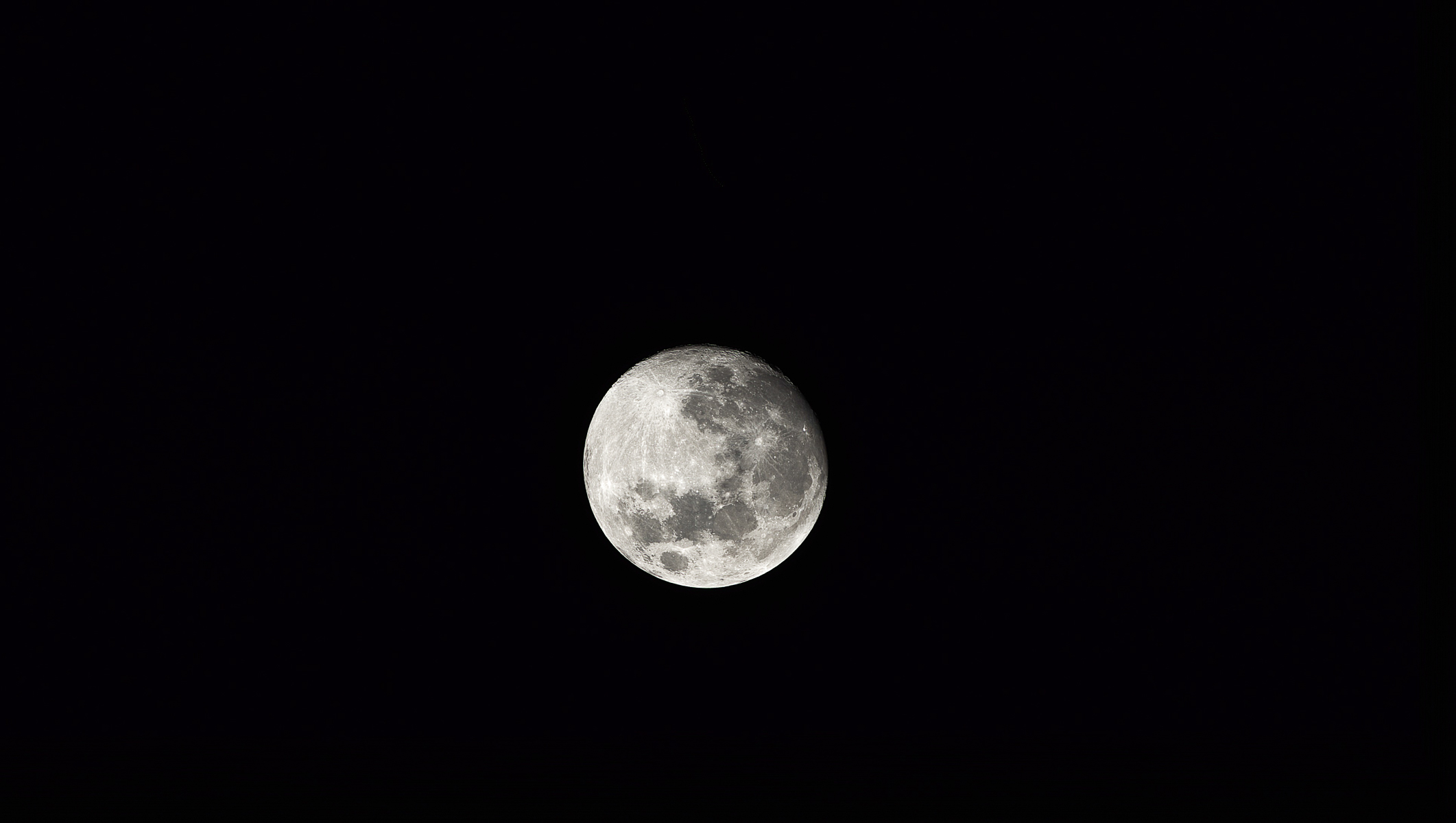
- Automated stacking makes for easy astrophotography
- Works well in light-polluted areas
- Better for deep space than planetary viewing
We were really impressed by how much the DWARF 3 delivers for its size. Despite its compact frame, it punches above its weight when it comes to capturing images of deep-sky objects. During our tests, we used it to photograph the moon, the Andromeda Galaxy, the Pleiades and the Orion Nebula. The results were surprisingly sharp and detailed for a telescope this small and affordable. Of course, it’s not going to compare to some of the big hitters that cost many thousands of dollars but we think it performed well given its price point. Some of the images were quite noisy but this was likely due to our settings. There was some trial and error due to the lack of a proper instruction manual.
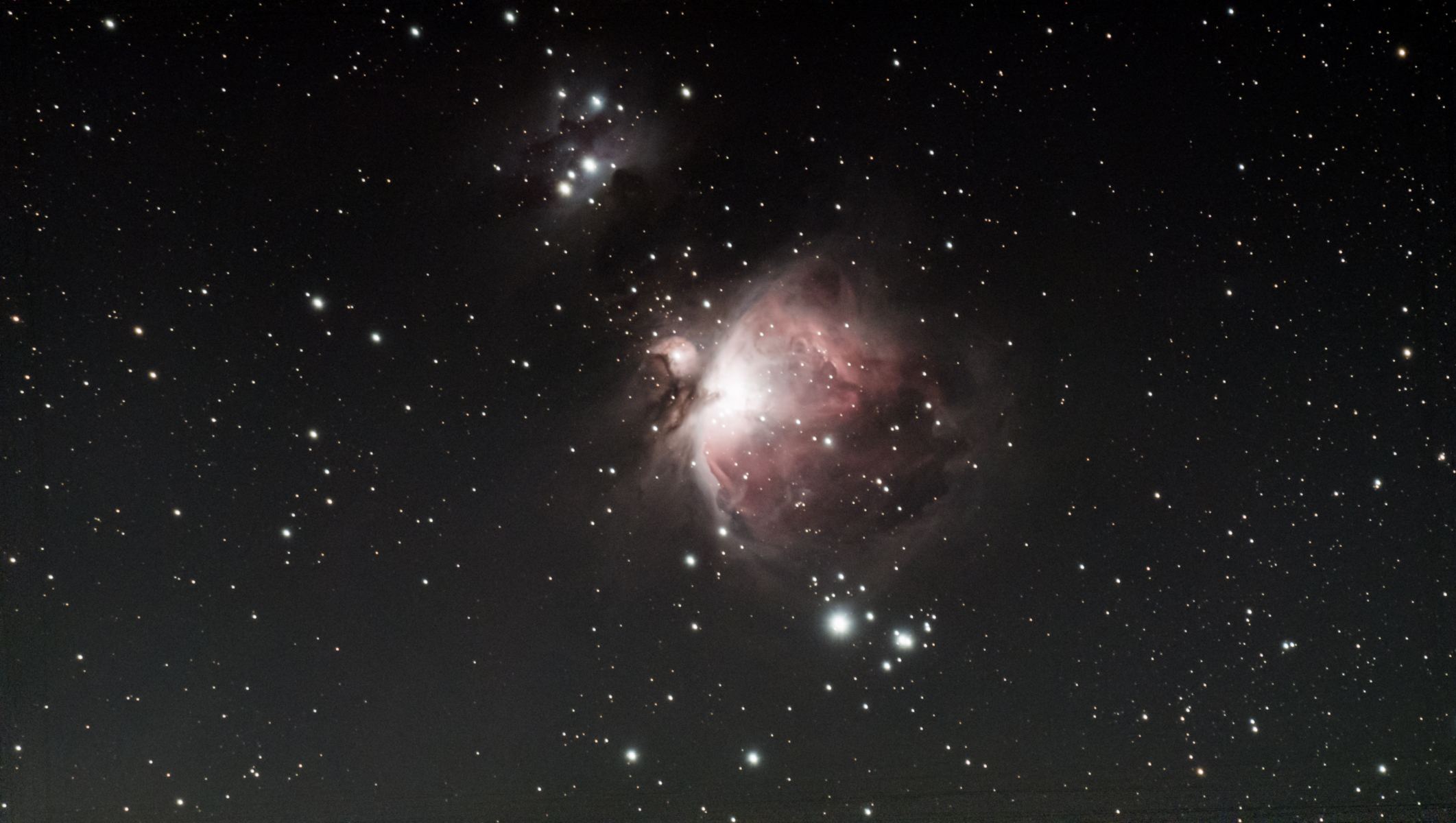
We liked how the stacking process is completely automated. Once aligned and locked on, the DWARF 3 quietly went to work capturing numerous exposures, which it then processed into a final image. It handled light pollution reasonably well, too — we tested it close to a light-polluted city and got pleasing images. We also like that you have the option to transfer all the individual FITS files directly to your laptop so you can stack and process them yourself, if you’d prefer. And with the newest firmware, there’s also now the ability to process your image in the Stellar Studio, where you can remove noise and make any star corrections to your image. Although annoyingly, this is only compatible with images taken with the updated firmware.
The tracking accuracy was another highlight. The built-in mount isn’t something you’d expect to find on a traditional scope this size but we thought it performed well, keeping targets steady during exposures. However, it is more of a wide-field instrument so if you’re hoping to get crisp planetary shots, you might want to consider another telescope. That said, we used it to track and capture the partial solar eclipse in the UK on March 29, 2025, using the included solar filters and we encountered no problems whatsoever — except for the typical cloudy Welsh skies.
DWARF 3 smart telescope: Functionality
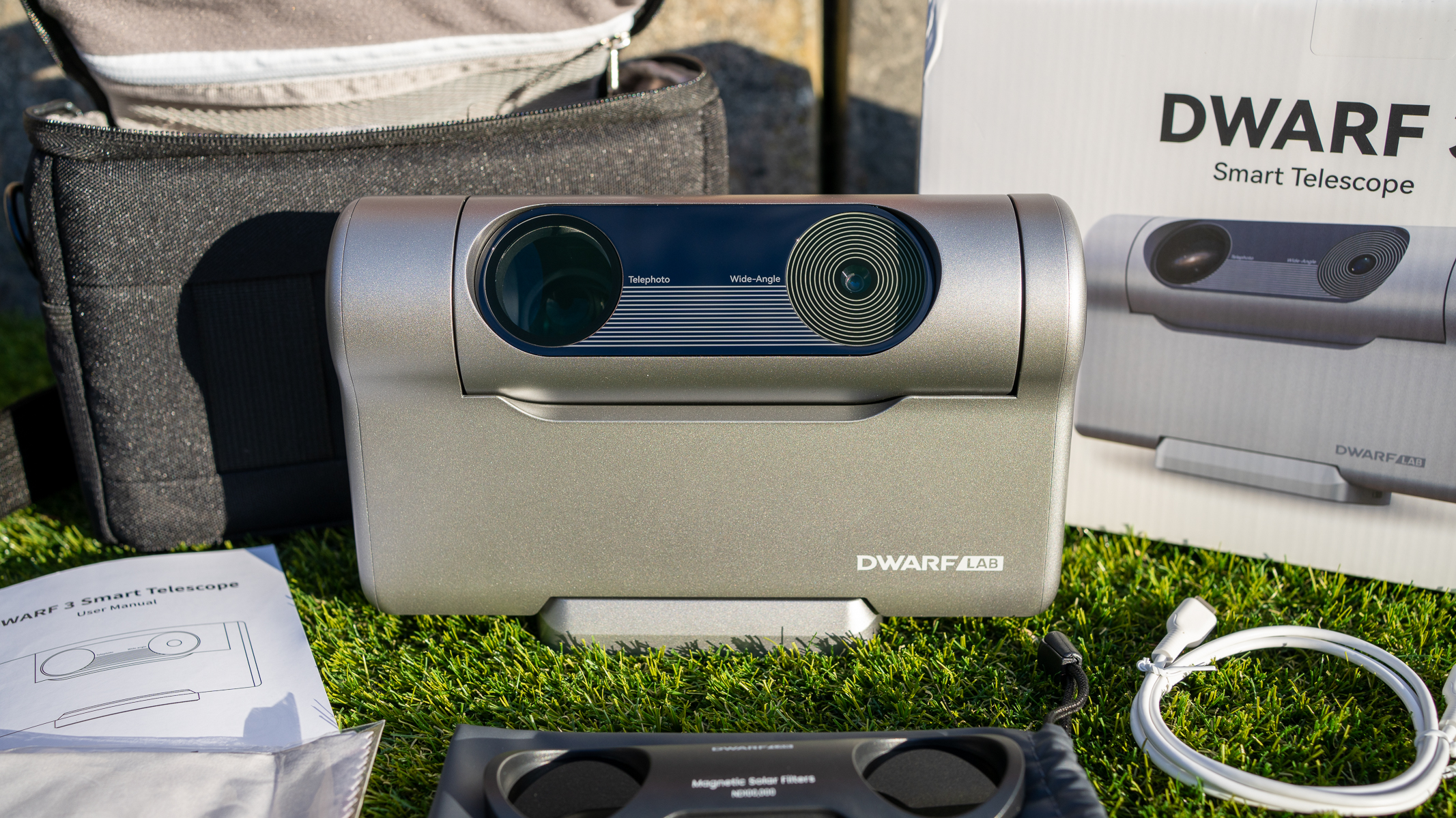
- Quick and simple setup
- Dual-mode capability enables daytime terrestrial viewing
- Identifies and automatically slews and tracks to visible objects via the app
The DWARF 3 is clearly designed to make astrophotography as straightforward and accessible as possible, and for the most part, we think it succeeds. Setup is quick and intuitive — you turn it on, connect via the accompanying app and you’re ready to start observing or imaging within minutes. There were a couple of occasions, particularly at first, where we had trouble connecting but overall, we liked how little effort it took to get going, especially compared to traditional telescopes that require alignment and calibration. There are brief instructions available to view from the app but we’d have liked a more in-depth printed manual included. Once you’re connected, the app displays all the visible subjects to your real-time location so you just need to click on your chosen object and the DWARF 3 will automatically slew to that object. It also features an EQ mode that enables exposures of up to 60 seconds.
One feature we particularly appreciated was the dual-mode capability — it can shoot wide-field astro at night and close-up terrestrial photography during the day. The auto-tracking and GoTo functionality worked well in our tests. Once aligned, the scope quickly and quietly located and tracked targets across the night sky. We liked the object database, although it sometimes became a little confusing to determine which objects were actually visible.
We’d like the connection range to be increased a little — we found that when we set the telescope up in a suitable spot in our back garden, it would be out of connection range and therefore disconnect when we then went back inside the house while the DWARF 3 was taking images.
Should I buy the DWARF 3 smart telescope?
If you’re a beginner looking for a portable and affordable way to view and photograph the night sky, we think the DWARF 3 will be perfect. While it doesn’t have the viewing power of some of the bigger, more expensive smart telescopes, we wouldn’t expect it to for the price. Its automated image stacking makes the whole process user-friendly and hassle-free, particularly if you have no prior astrophotography experience. It also has the option to process the images yourself if you are a bit more advanced.
If, however, you’re ready for a seriously powerful telescope for night sky imaging or would rather observe the cosmos through an eyepiece, the DWARF 3 might not be the telescope for you. While its advantage is that it’s a smart telescope, that is also its downfall. It’s great if you just want to photograph the cosmos but the initial views can occasionally be a little underwhelming, particularly if you’re imaging a deep space object — the detail will only be visible in the final image.
If the DWARF 3 smart telescope isn’t for you
If you want to skip the beginner models and go straight for the best smart telescope on the market, the Unistellar eQuinox 2 will astound you — but it doesn’t come cheap. Alternatively, if you prefer traditional observational astronomy using an eyepiece, the Unistellar Odyssey Pro has an eyepiece co-developed by Nikon, giving you the option to use either viewing method.
You may also want to consider the ZWO Seestar S50. It has many similarities to the DWARF 3 and the two are often compared against one another. At a very similar price, the decision will come down to personal preference.
How we tested the DWARF 3
We tested the DWARF 3 in various locations with differing light pollution levels — from an urban backyard close to a city in Bortle class 5 to an International Dark Sky reserve in the Bannau Brecheiniog National Park. We had the DWARF 3 over the course of a few months and tested its performance on the moon, the Orion nebula and a partial solar eclipse, amongst others.